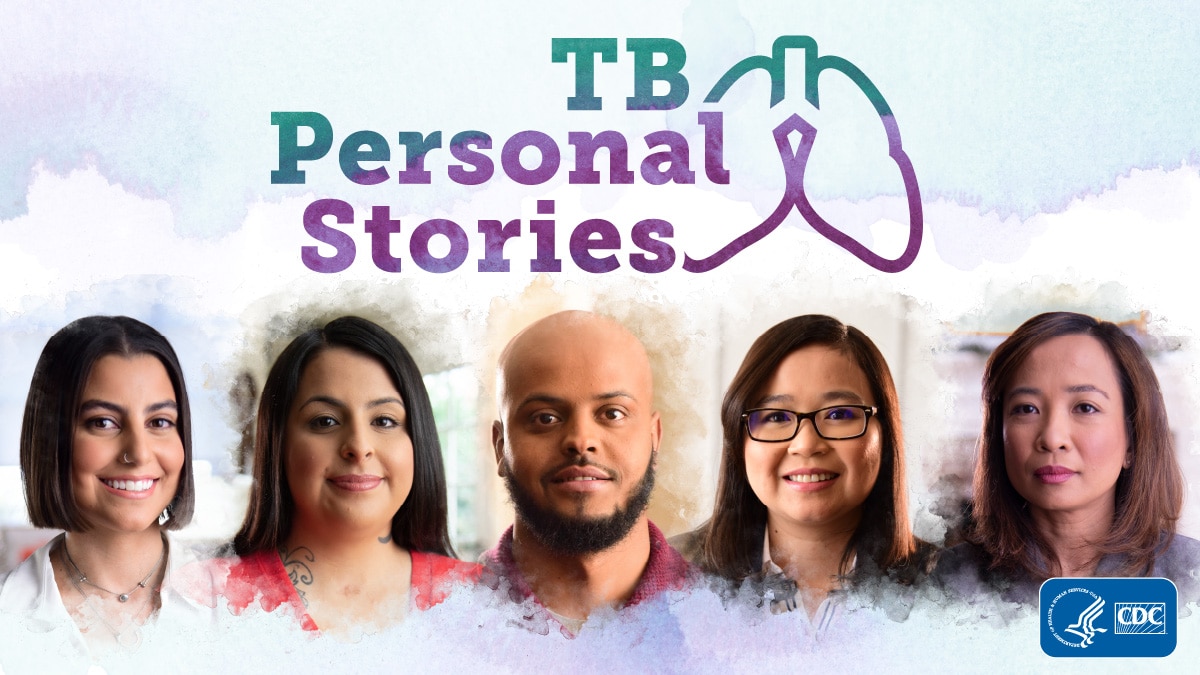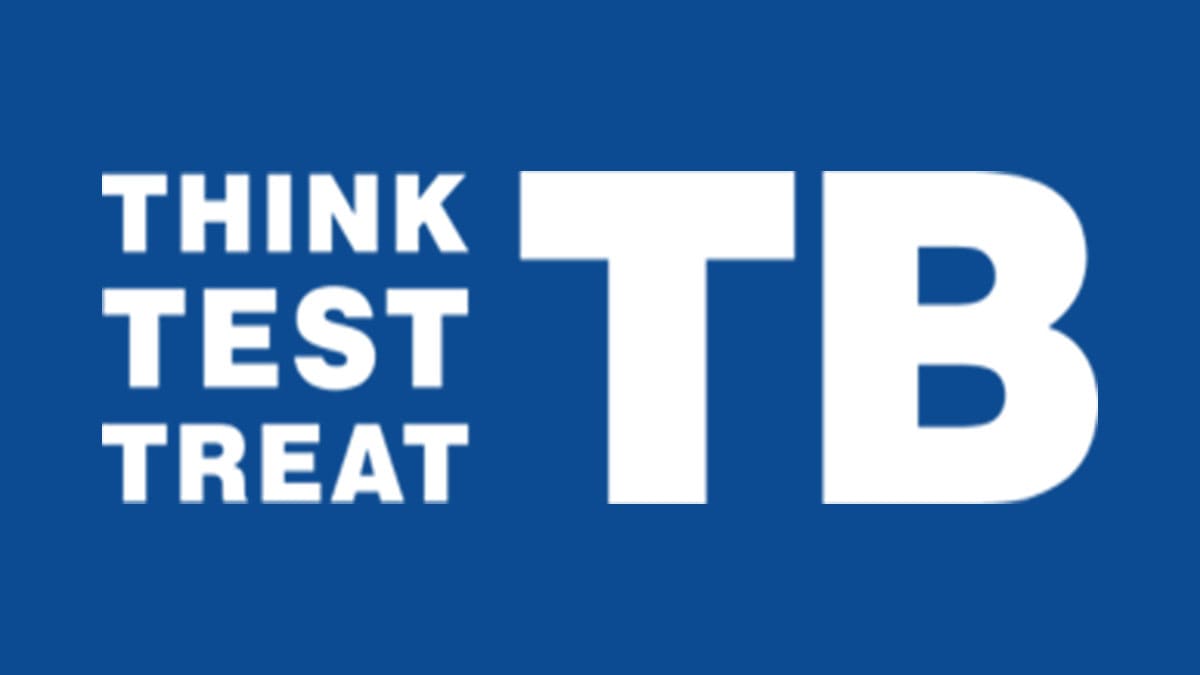Tuberculosis is a disease caused by germs that are spread from person to person through the air.
Common symptoms of active tuberculosis disease include cough, chest pain, and coughing up blood.
The tuberculosis (TB) blood test and the TB skin test are the two types of tests for TB infection.
Both inactive tuberculosis (TB) and active TB disease can be treated.
For Professionals
U.S. health care settings should have a TB infection control plan.
Health Care Providers
- U.S. state and local health departments are responsible for preventing and controlling tuberculosis.
- TB Centers of Excellence for Training, Education, and Medical Consultation support TB activities.
- Learn current tuberculosis guidelines for infection control, testing and diagnosis, and treatment.
- Anyone can get tuberculosis, but some people are at higher risk than others.
- CDC has a range of tuberculosis (TB) education resources for health care providers.
- Health care providers can use this toolkit to learn how to read and administer the TB skin test.
- This resource hub is a one-stop-shop for latent TB infection materials.
Public Health Professionals
- CDC has resources, information, and guidance to support U.S. tuberculosis programs.
- CDC publishes data on a variety of tuberculosis (TB) topics to track progress towards elimination.
- Public health programs can use program evaluation to improve TB prevention and control activities.
- Tuberculosis (TB) genotyping analyzes the DNA of TB bacteria to help distinguish different strains. ...
- Learn about the services and resources available from CDC's Tuberculosis Laboratory.
- CDC's research contributes to new diagnostics, treatments, and approaches to eliminate tuberculosis.
Featured Resources
CDC has a range of tuberculosis (TB) communication resources for the public.
Highlights the experiences of people diagnosed and treated for inactive TB and active TB disease.
Think. Test. Treat TB aims to increase awareness and understanding about inactive tuberculosis.





